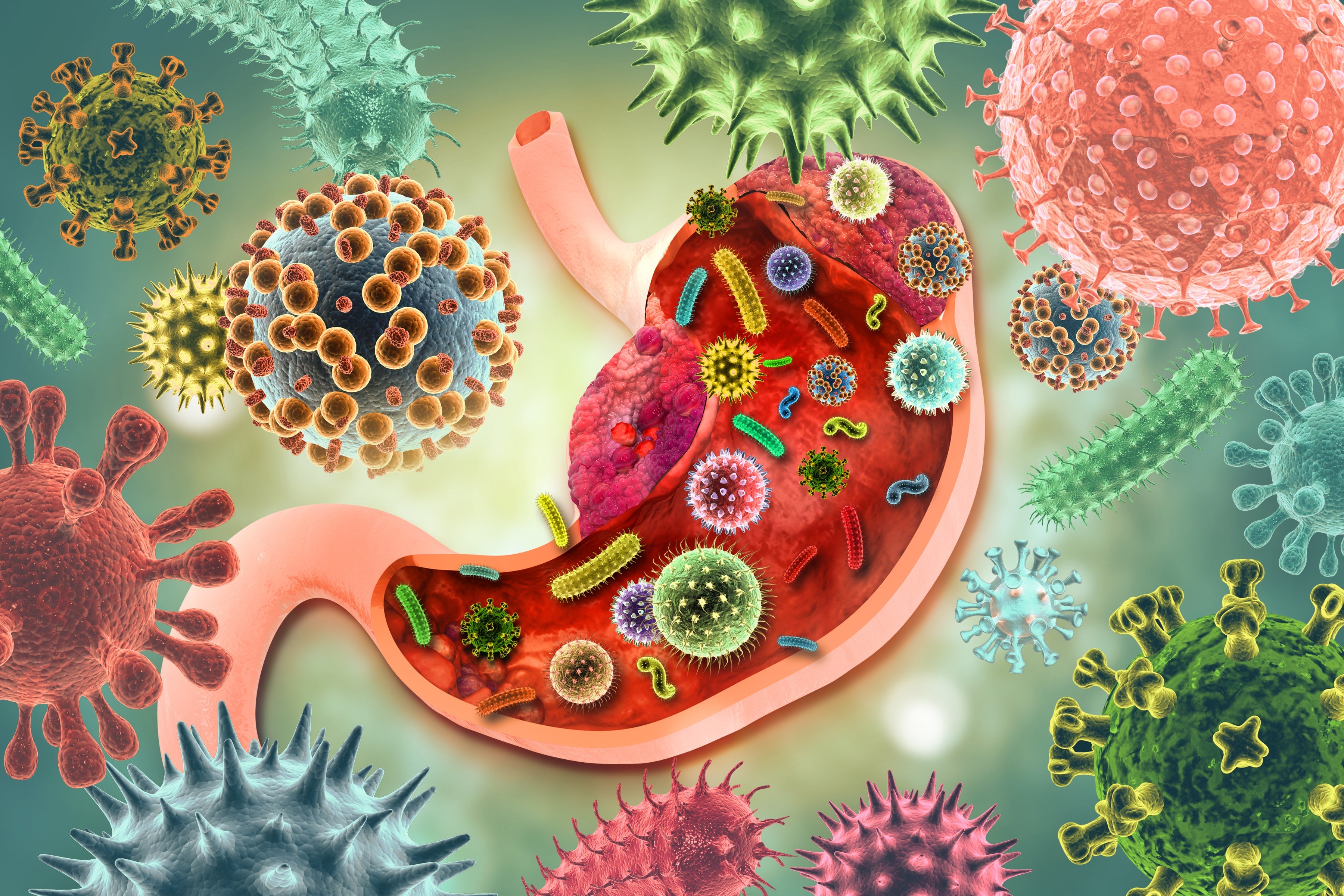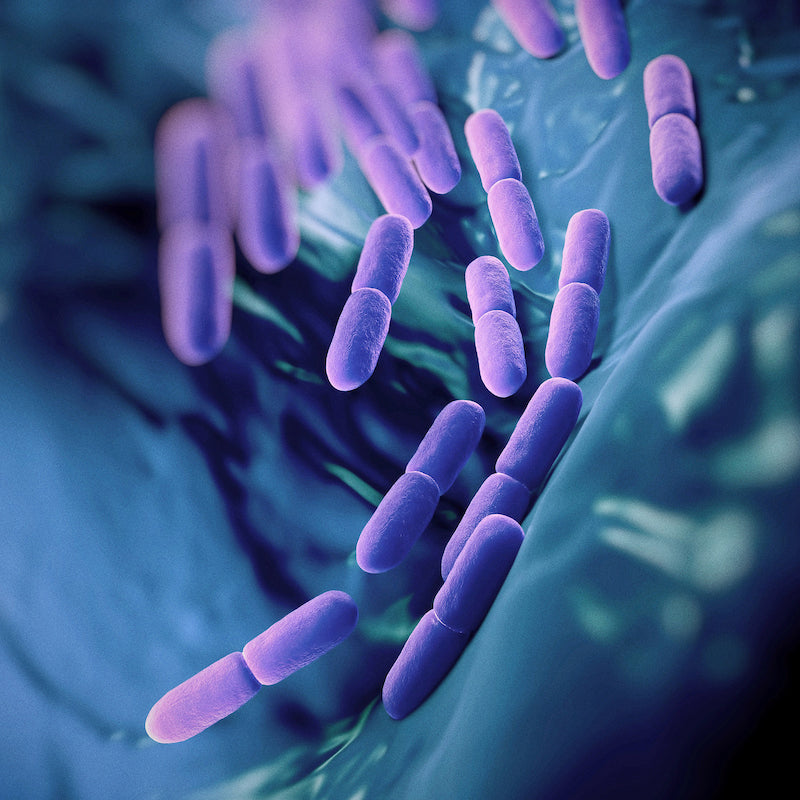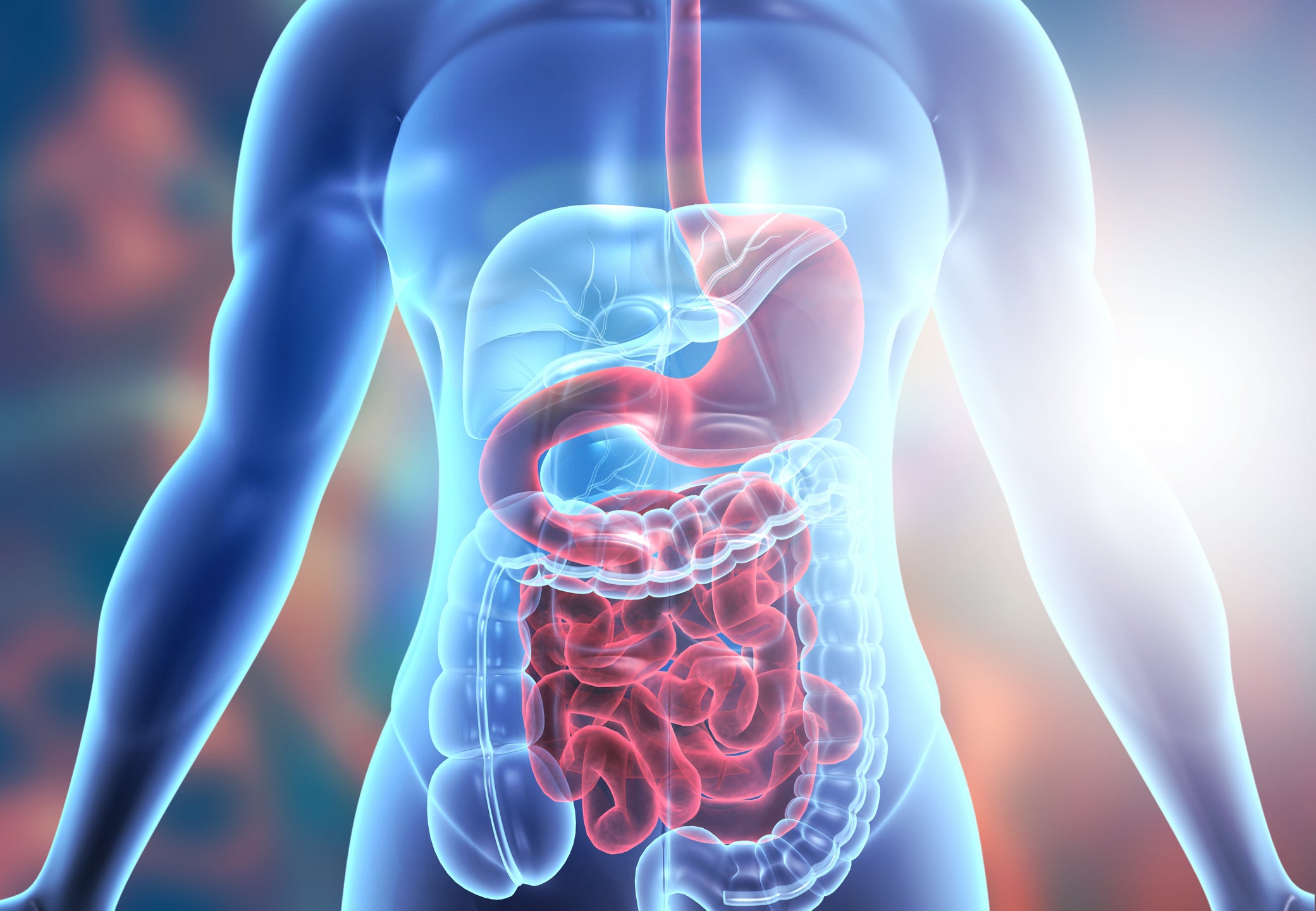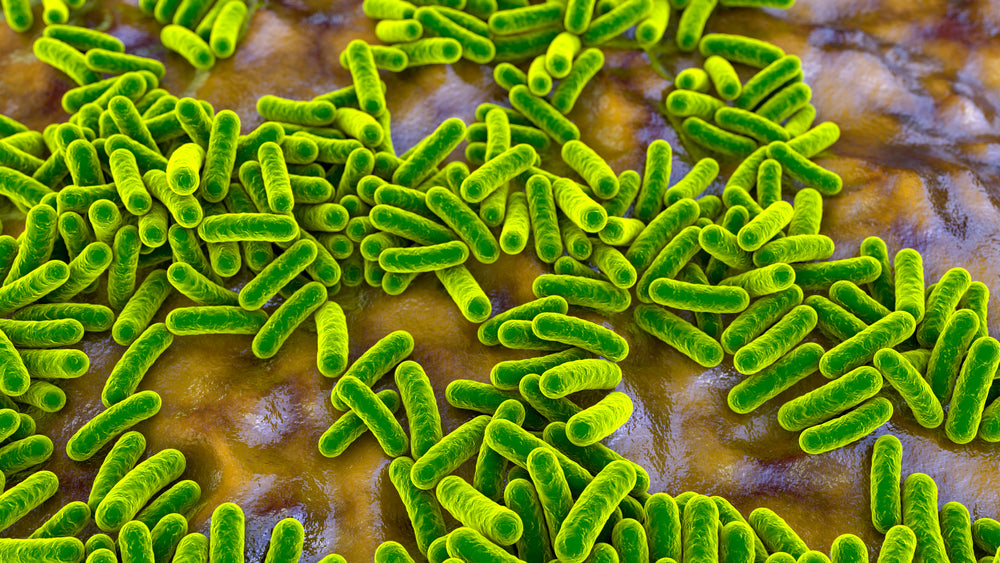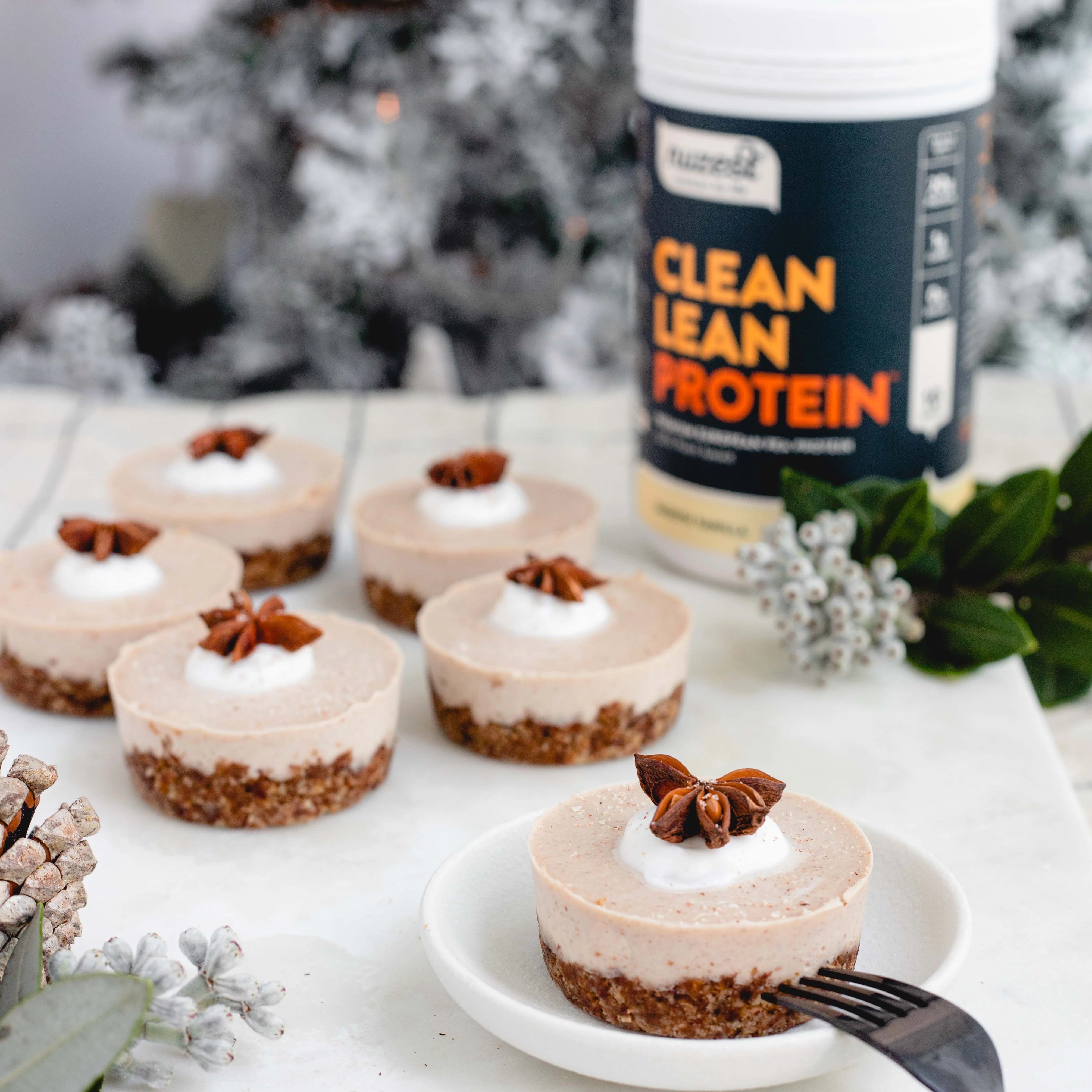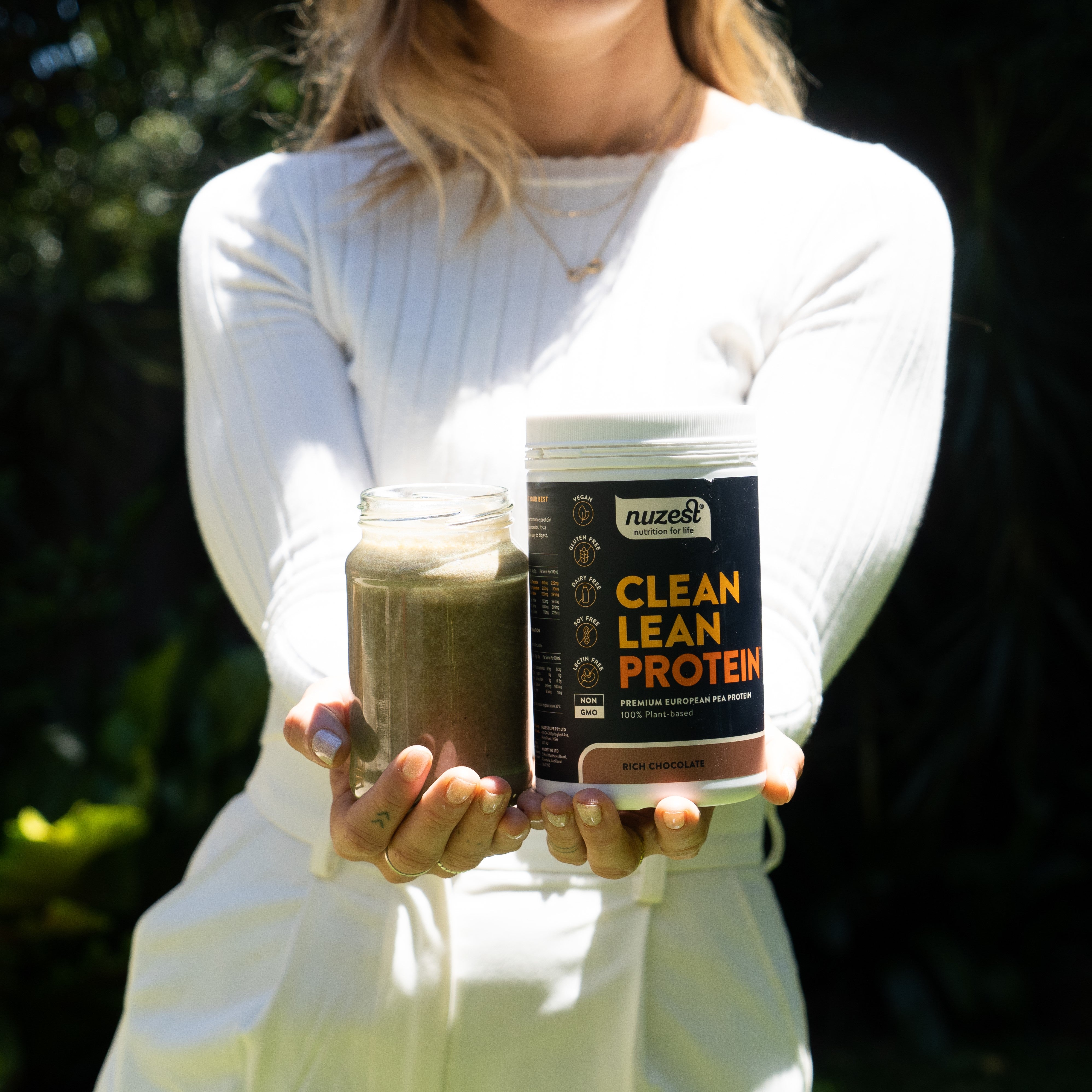Author: Sheila Kristeen Brito (BANT Registered Nutritonist)
Good nutrion, an active lifestyle, a positive mindset, and adequate sleep and hydration all contribute to healthy ageing.
In terms of physiological functions in ageing, preserving muscle mass and strength are essential components of good health. Muscles protect organs, allow locomotion, and help move substances in and out of the body. Together with our bones, muscles help provide stability to hold ourselves up against gravity.
Muscle mass naturally declines from the age of 40. Studies show that sarcopenia, the reduction of muscle mass and function in ageing, results in up to 8% reduction every 10 years. Ageing is not the only culprit. Muscle disuse in sedentary lifestyles combined with diets that are poor in protein also reduce the muscle’s capacity to grow and retain optimal function. Muscles do breakdown as part of a natural process to degrade its protein content for synthesis of new muscle fibres. When breakdown is happening faster than muscle fibre growth, sarcopenia begins.
Growing muscle fibres occurs in a process called muscle protein synthesis (MPS). The good news is that adding up to 30 grams (g) of quality protein per meal slows down the degradation of muscle fibres. The body cannot store additional protein. Hence, consuming more than 30 g does not make much difference in muscle hypertrophy or growth.
Studies show that consuming all 20 amino acids (AA), including the 9 essential AA, stimulates the growth of muscles better compared to consuming branched chain amino acids (BCAAs leucine, isoleucine, and valine) alone. The latter has transient effects on MPS, and may even promote muscle breakdown over the long term. If you are taking BCAAs only, consider adding it to a protein source with a complete amino acid profile to stimulate muscle building and preservation.
While the recommended daily allowance (RDA) is 0.8 gram / kg of body weight daily, experts suggest a minimum of 1.0 to 1.2 gram /kg of body weight per day, consumed at intervals. This means that each meal should contain a complete protein source containing at least 20 grams of protein up to a maximum of 30 grams of protein. Athletes may have a higher requirement calculated up to 1.6 gram / kg of body weight.
A study by renowned experts Paddon-Jones et al. found that whole food protein sources appear in the blood after 2 hours when eaten 90 minutes before exercise; whereas AA protein isolates (eg. protein powder) appear in the blood in as little as 10 minutes when consumed immediately after exercise.
Protein is just one part of the story to combat sarcopenia. Combining this with resistance exercise and balanced blood sugar levels are essential to maintaining healthy muscles throughout the years. These three factors stimulate a protein in the body called mTOR, the mammalian target of rapamycin, which is known to be the body’s master regulator for growth. When mTOR is stimulated, growth occurs. Be active, whenever you can. Eat a good amount of quality protein with every meal. Keep meals balanced with a combination of whole foods that have a low glycemic load, medium-chain fats, a good source of Omega 3s, nucleotides, antioxidants, and nutrients. Stay hydrated and get adequate sleep daily. It is a typical recipe for good health and longevity. Seek advice from a qualified nutrition professional or health practitioner for customised dietary needs.
Smoothies are a great way to increase your Protein intake, try our Salted Caramel Protein Smoothie.
REFERENCES: Kargul J, Laurent⁎ GJ. Muscle atrophy: From molecular pathways to clinical therapy. The International Journal of Biochemistry & Cell Biology. 2013;45(10):2119.
Markofski MM, Dickinson JM, Drummond MJ, Fry CS, Fujita S, Gundermann DM, et al. Effect of age on basal muscle protein synthesis and mTORC1 signaling in a large cohort of young and older men and women. Experimental Gerontology. 2015;65:1-7.
Gordon BS, Kelleher AR, Kimball SR. Regulation of muscle protein synthesis and the effects of catabolic states. The International Journal of Biochemistry & Cell Biology. 2013;45(10):2147-57.
Phillips SM, Paddon-Jones D, Layman DK. Optimizing Adult Protein Intake During Catabolic Health Conditions. Advances in Nutrition. 2020;11(4):S1058-S69.
Arentson-Lantz EJ, Fiebig KN, Anderson-Catania KJ, Deer RR, Wacher A, Fry CS, et al. Countering disuse atrophy in older adults with low-volume leucine supplementation. Journal of Applied Physiology. 2020;128(4):967-77.
Przyklenk A, Aussieker T, Gutmann B, Schiffer T, Brinkmann C, Struder HK, et al. Effects of Endurance Exercise Bouts in Hypoxia, Hyperoxia, and Normoxia on mTOR-Related Protein Signaling in Human Skeletal Muscle. Journal of Strength and Conditioning Research. 2020;34(8):2276.
Kazior Z, Willis SJ, Moberg M, Apró W, Calbet JAL, Holmberg H-C, et al. Endurance Exercise Enhances the Effect of Strength Training on Muscle Fiber Size and Protein Expression of Akt and mTOR. PloS one. 2016;11(2):e0149082.
Fyfe JJ, Bishop DJ, Zacharewicz E, Russell AP, Stepto NK. Concurrent exercise incorporating high-intensity interval or continuous training modulates mTORC1 signaling and microRNA expression in human skeletal muscle. 2016.
Liu GY, Sabatini DM. mTOR at the nexus of nutrition, growth, ageing and disease. Nature Reviews Molecular Cell Biology. 2020;21(4):183-203.
Wei X, Luo L, Chen J. Roles of mTOR Signaling in Tissue Regeneration. Cells (2073-4409). 2019;8(9):1075.















